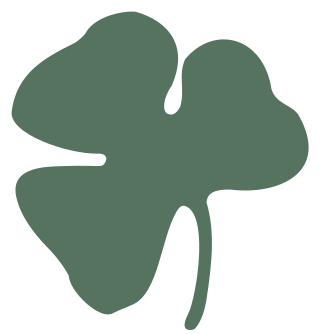
Parliamentary elections were held in Latvia on 5 October 2002. The New Era Party emerged as the largest party in the Saeima, winning 26 of the 100 seats.

Parliamentary elections were held in Latvia on 5 and 6 June 1993, the first after independence was restored in 1991. Latvian Way emerged as the largest party in the Saeima, winning 36 of the 100 seats. A total of 23 parties participated in the elections, although only eight received 4% or more of votes and won seats. Voter turnout was 91.2%, the highest in the country's history. Only 66–75% of Latvian residents were citizens and qualified to vote, with the majority of those not able to vote being Russian.
Parliamentary elections were held in Finland between 1 and 3 July 1922. The Social Democratic Party remained the largest in Parliament with 53 of the 200 seats. The caretaker government of Professor Aimo Cajander (Progressive), that President Kaarlo Juho Ståhlberg had appointed in June 1922, following the resignation of Prime Minister Juho Vennola (Progressive), remained in office until Kyösti Kallio formed an Agrarian-Progressive minority government in November 1922. Voter turnout was 58.5%.

Constitutional Assembly elections were held in Latvia on 17 and 18 April 1920. The Latvian Social Democratic Workers' Party emerged as the largest party in the Constitutional Assembly, winning 57 of the 150 seats. The elections were boycotted by communist parties. The Constitutional Assembly was responsible for drafting a constitution, which was approved on 15 February and promulgated on 7 November 1922.

Parliamentary elections were held in Bulgaria on 24 December 1939, although voting continued in some areas into January 1940. The elections were officially held on a non-partisan basis with the Bulgarian Agrarian National Union and Bulgarian Communist Party banned, and in a process tightly controlled by Tsar Boris III, by then the real power in the country. However, candidates representing parties did contest the elections. Pro-government candidates won a majority of seats. Voter turnout was 67.2%.

The Farmers' Assemblies was a conservative political party in Estonia. Led by Konstantin Päts, it was one of the ruling parties during most of the interwar period.

The Latgalian Farmers Party was a political party in Latvia representing the interests of Latgale farmers during the inter-war period.

The Democrats Union was a political party in Latvia in the inter-war period.

The Workers' Party was a political party in Latvia.

The Latgalian Christian Peasant and Catholic Party was a Christian centrist political party in Latvia during the inter-war period. It was the largest party in the Latgale region, and was led by the bishop Jāzeps Rancāns.

The Jewish National Bloc was a political alliance in Latvia in the 1920s. It consisted of Histadruth Hacionith, the Jewish National Democratic Party and Mizrachi.

The Latgale People Party was a political party in Latvia in the inter-war period.

The Group of Non-Partisan Citizens was a political party in Latvia in the early 1920s.

The Agrarian Union of the Landless was a political party in Latvia in the early 1920s.
The Democratic Centre, officially the Democratic Centre and Non-Partisan Public Workers, was a political party in Latvia in the inter-war period.

The National Union was a far-right political party in Latvia during the inter-war period. It was led by Arveds Bergs.

The Latgalian Farmer-Labour Party, also known as the Latgalian Progressive Farmers, was a political party in Latvia during the inter-war period. The party contested elections in an alliance with several other parties under the name United List of Latgalian Small Landless Farmers and Latgalian Labour Party. It was led by Jezups Trasuns.

The New Farmers' Union was a centrist political party in Latvia in the inter-war period.



